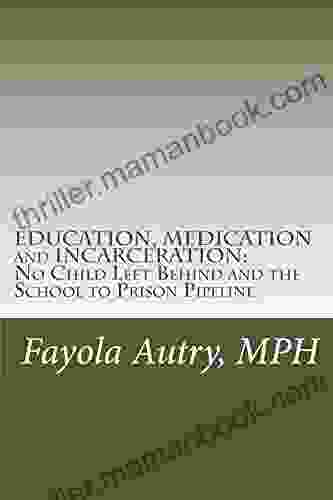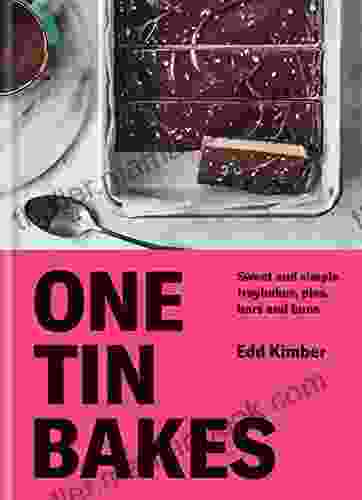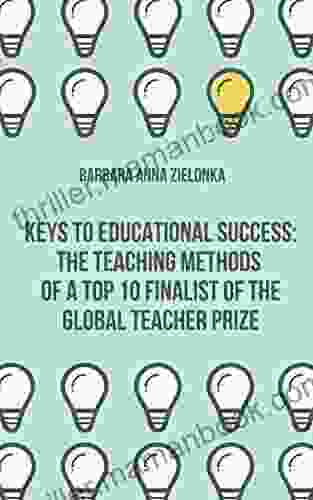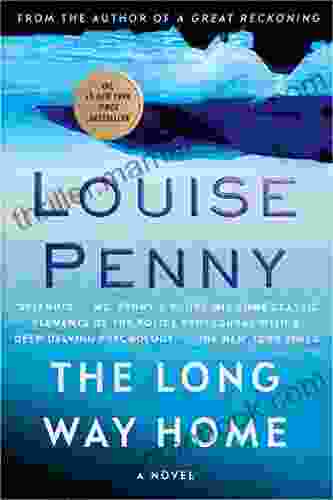Education, Medication, and Incarceration: A Complex Interplay

4.7 out of 5
| Language | : | English |
| File size | : | 208 KB |
| Text-to-Speech | : | Enabled |
| Screen Reader | : | Supported |
| Enhanced typesetting | : | Enabled |
| Word Wise | : | Enabled |
| Print length | : | 26 pages |
| Lending | : | Enabled |
Education, medication, and incarceration are three complex and interconnected systems that have a profound impact on the lives of individuals and communities. This article explores the relationship between these systems, examining how they interact to shape outcomes and perpetuate cycles of inequality. By understanding this interplay, we can begin to develop more effective and just approaches to education, criminal justice, and mental health care.
Education and Incarceration
The school-to-prison pipeline is a term used to describe the increasing trend of students being pushed out of school and into the criminal justice system. This pipeline is fueled by a number of factors, including zero-tolerance policies, the over-use of school suspensions and expulsions, and the lack of adequate mental health services in schools.
Students who are suspended or expelled from school are more likely to drop out, which in turn increases their risk of unemployment, poverty, and involvement in the criminal justice system. In addition, students who are exposed to violence and trauma at school are more likely to develop mental health problems, which can further increase their risk of school failure and criminal justice involvement.
Medication and Incarceration
The use of medication to treat mental illness has also been linked to increased rates of incarceration. This is due in part to the fact that people with mental illness are more likely to come into contact with the criminal justice system, and once they are in the system, they are more likely to be prescribed medication.
Medication can be an effective treatment for mental illness, but it can also have side effects that increase the risk of criminal behavior. For example, some medications can cause drowsiness, impaired judgment, and impulsivity. These side effects can make it difficult for people with mental illness to stay out of trouble.
Education, Medication, and Incarceration: A Vicious Cycle
The school-to-prison pipeline and the use of medication to treat mental illness are two factors that contribute to the mass incarceration of people with mental illness. Once people with mental illness are in the criminal justice system, they are more likely to be prescribed medication, which can further increase their risk of criminal behavior. This creates a vicious cycle that is difficult to break.
Breaking the Cycle
There are a number of things that can be done to break the cycle of education, medication, and incarceration. These include:
- Investing in early childhood education to promote school readiness and prevent school failure.
- Providing adequate mental health services in schools to identify and treat mental health problems early on.
- Reducing the use of zero-tolerance policies and school suspensions and expulsions.
- Reforming the criminal justice system to reduce the number of people with mental illness who are incarcerated.
- Providing more community-based treatment and support services for people with mental illness.
By taking these steps, we can begin to break the cycle of education, medication, and incarceration and create a more just and equitable society.
Education, medication, and incarceration are three complex and interconnected systems that have a profound impact on the lives of individuals and communities. This article has explored the relationship between these systems, examining how they interact to shape outcomes and perpetuate cycles of inequality. By understanding this interplay, we can begin to develop more effective and just approaches to education, criminal justice, and mental health care.
4.7 out of 5
| Language | : | English |
| File size | : | 208 KB |
| Text-to-Speech | : | Enabled |
| Screen Reader | : | Supported |
| Enhanced typesetting | : | Enabled |
| Word Wise | : | Enabled |
| Print length | : | 26 pages |
| Lending | : | Enabled |
Do you want to contribute by writing guest posts on this blog?
Please contact us and send us a resume of previous articles that you have written.
 Top Book
Top Book Novel
Novel Fiction
Fiction Nonfiction
Nonfiction Literature
Literature Paperback
Paperback Hardcover
Hardcover E-book
E-book Audiobook
Audiobook Bestseller
Bestseller Classic
Classic Mystery
Mystery Thriller
Thriller Romance
Romance Fantasy
Fantasy Science Fiction
Science Fiction Biography
Biography Memoir
Memoir Autobiography
Autobiography Poetry
Poetry Drama
Drama Historical Fiction
Historical Fiction Self-help
Self-help Young Adult
Young Adult Childrens Books
Childrens Books Graphic Novel
Graphic Novel Anthology
Anthology Series
Series Encyclopedia
Encyclopedia Reference
Reference Guidebook
Guidebook Textbook
Textbook Workbook
Workbook Journal
Journal Diary
Diary Manuscript
Manuscript Folio
Folio Pulp Fiction
Pulp Fiction Short Stories
Short Stories Fairy Tales
Fairy Tales Fables
Fables Mythology
Mythology Philosophy
Philosophy Religion
Religion Spirituality
Spirituality Essays
Essays Critique
Critique Commentary
Commentary Glossary
Glossary Bibliography
Bibliography Index
Index Table of Contents
Table of Contents Preface
Preface Introduction
Introduction Foreword
Foreword Afterword
Afterword Appendices
Appendices Annotations
Annotations Footnotes
Footnotes Epilogue
Epilogue Prologue
Prologue Joe Haldeman
Joe Haldeman Robert Mcnally
Robert Mcnally Paul Holes
Paul Holes Richard Wilbur
Richard Wilbur Ezra Klein
Ezra Klein Barbara Anna Zielonka
Barbara Anna Zielonka Cheryl Day
Cheryl Day Wayne Stinnett
Wayne Stinnett Markus Ray
Markus Ray Patrick Wang
Patrick Wang Kenneth Grahame
Kenneth Grahame William English
William English Ruth King
Ruth King Brenda Long
Brenda Long Emeril Lagasse
Emeril Lagasse Without Warrant
Without Warrant Erika Latanya
Erika Latanya Geoff Strong
Geoff Strong Cheryl Strayed
Cheryl Strayed William M Adler
William M Adler
Light bulbAdvertise smarter! Our strategic ad space ensures maximum exposure. Reserve your spot today!
 Ronald SimmonsFollow ·8.5k
Ronald SimmonsFollow ·8.5k Aleksandr PushkinFollow ·15.8k
Aleksandr PushkinFollow ·15.8k Sammy PowellFollow ·15.8k
Sammy PowellFollow ·15.8k William FaulknerFollow ·14.3k
William FaulknerFollow ·14.3k Virginia WoolfFollow ·2.9k
Virginia WoolfFollow ·2.9k Ivan TurgenevFollow ·2.2k
Ivan TurgenevFollow ·2.2k Jaylen MitchellFollow ·8.7k
Jaylen MitchellFollow ·8.7k Tony CarterFollow ·9.8k
Tony CarterFollow ·9.8k

 Caleb Carter
Caleb CarterThe Complete Beagle Dog Beginners Guide: Beagle Facts,...
Beagles are...
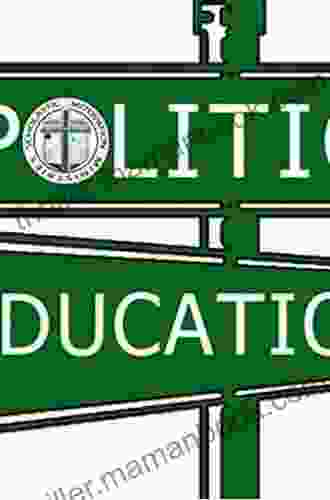
 Gage Hayes
Gage HayesThe Origins and Evolution of No Child Left Behind:...
The No Child Left Behind...
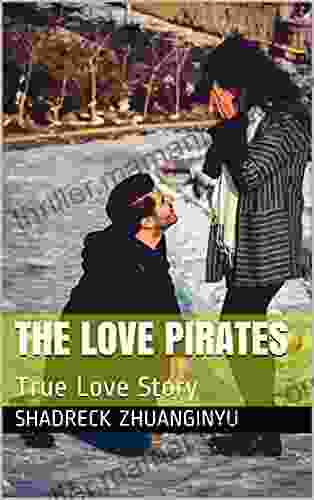
 George Martin
George MartinThe Love Pirates: A Swashbuckling Tale of Love,...
The Love Pirates is a thrilling...
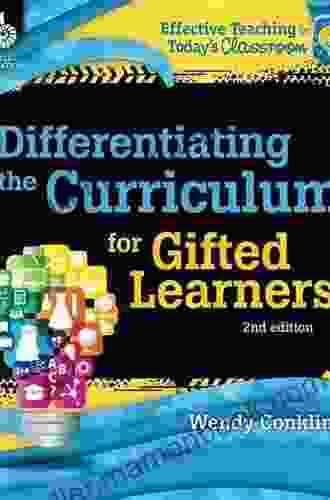
 Nathaniel Hawthorne
Nathaniel HawthorneDifferentiating the Curriculum for Gifted Learners:...
Gifted learners are...
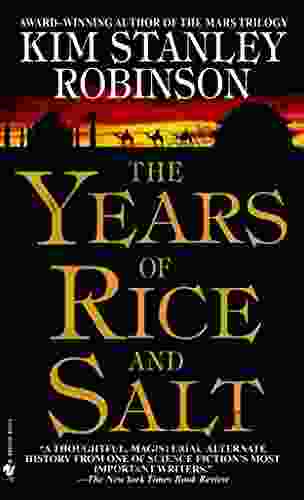
 Carlos Fuentes
Carlos FuentesThe Years of Rice and Salt: A Journey Through a Forgotten...
The Years of Rice and Salt is...
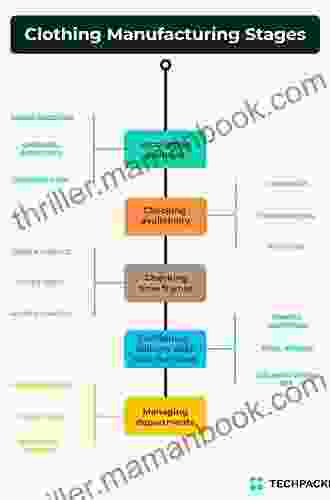
 Herbert Cox
Herbert CoxThe Intricate Design of Clothing Manufacturing Processes:...
The clothing industry is a vast and...
4.7 out of 5
| Language | : | English |
| File size | : | 208 KB |
| Text-to-Speech | : | Enabled |
| Screen Reader | : | Supported |
| Enhanced typesetting | : | Enabled |
| Word Wise | : | Enabled |
| Print length | : | 26 pages |
| Lending | : | Enabled |


